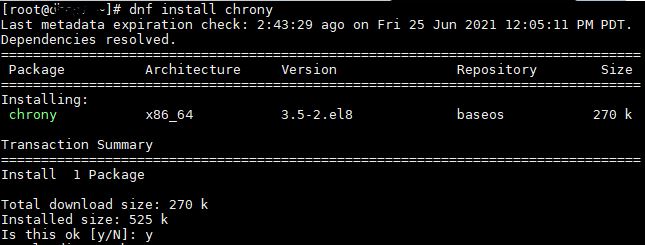
These commands will help you to work with FFmpeg utility. Here is the list of few FFmpeg basic commands line options. Step 4 – FFmpeg Basic Commands (Optional)

ffmpegįfmpeg version 4.0.2 Copyright (c) 2000-2018 the FFmpeg developersĬonfiguration: -prefix=/usr -bindir=/usr/bin -datadir=/usr/share/ffmpeg.

Now use the following command to check the version installed on the system. sudo dnf install ffmpeg ffmpeg-devel Step 3 – Find FFmpeg VersionĪfter successfully installed FFmpeg packages on Fedora. Use DNF package manager to begin the installation process of FFmpeg with FFmpeg-devel package on Fedora system. Now, your Fedora system is ready for FFmpeg installation.

Sudo dnf install $(rpm -E %fedora).noarch.rpm Step 2 – Install FFmpeg on Fedora sudo dnf install $(rpm -E %fedora).noarch.rpm If you don’t have installed, use below commands to install. First of all, You must have installed and enabled the RPMfusion repository on your Fedora system.


 0 kommentar(er)
0 kommentar(er)
